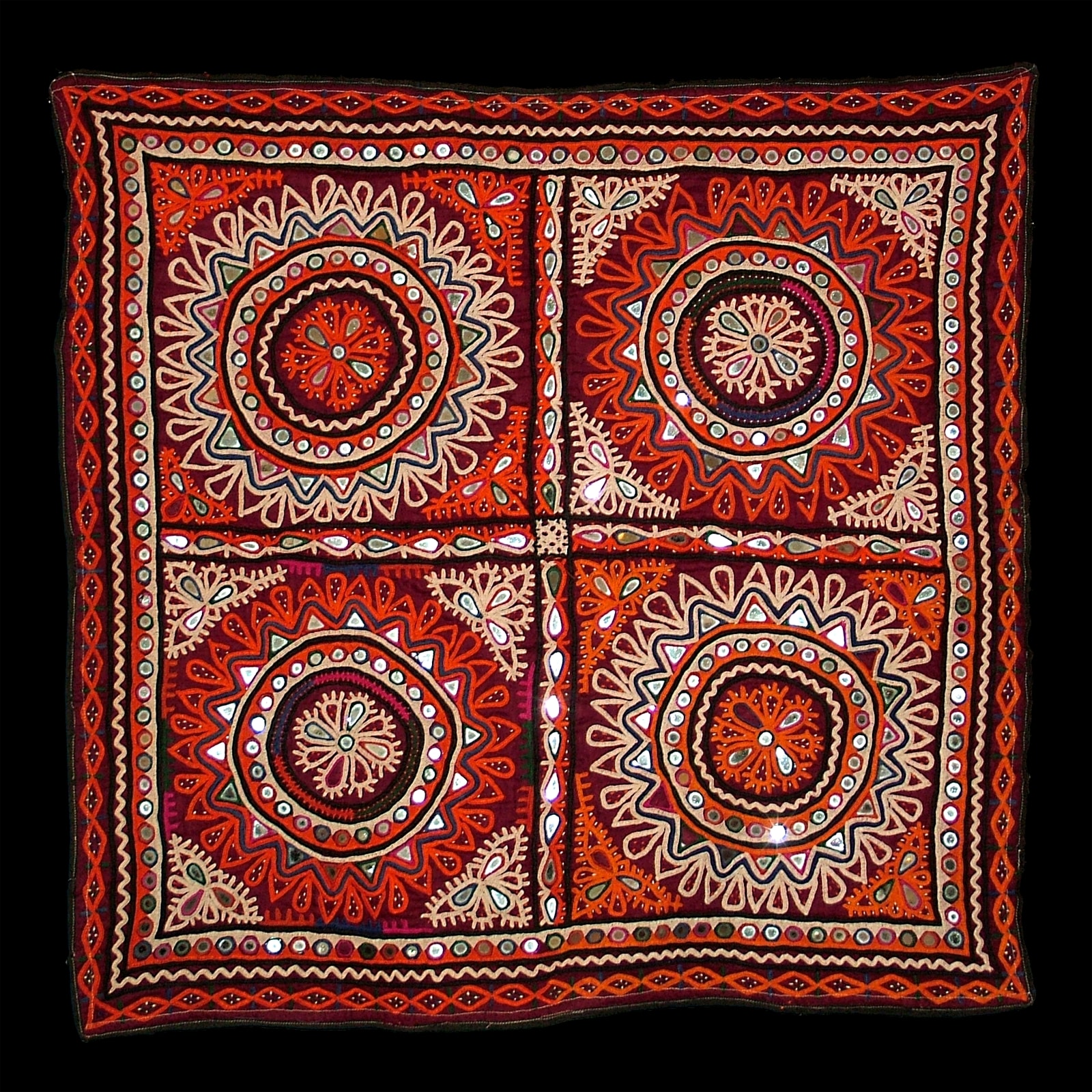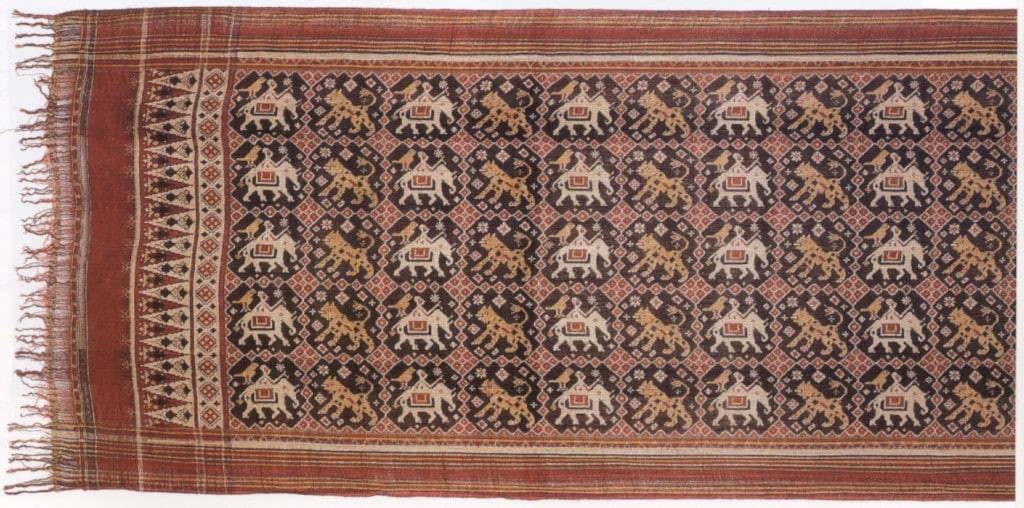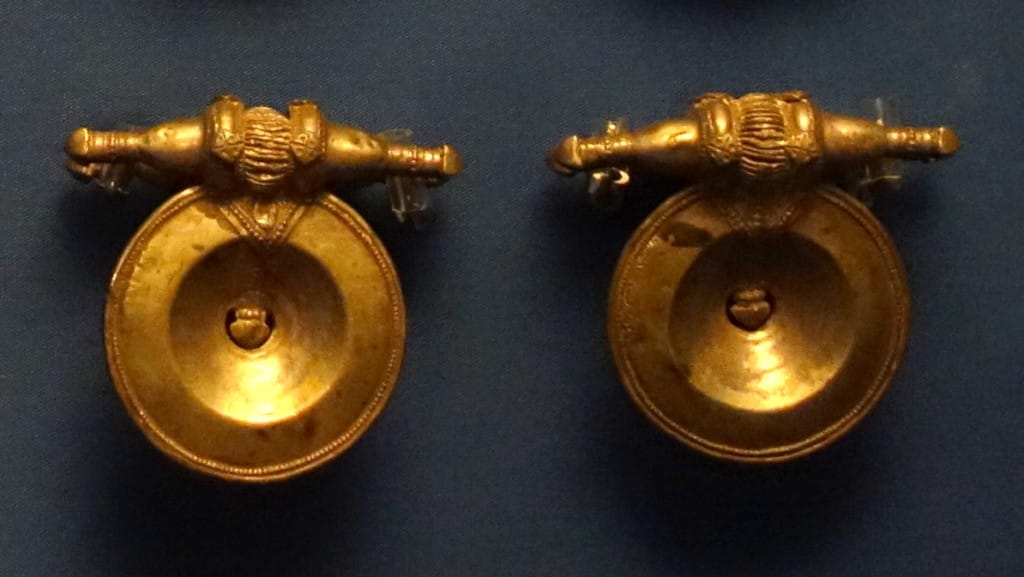Across the deserts of Gujarat, the long stretches of sand dunes and salt flats, the thing that stands out most is the color. Against an overwhelming dun color, the local handicrafts of the people, whether it is in their brightly hued skirts, the twinkling mirror work of the bodices, the weave of a turban, or even the furniture inside a home, there is color everywhere. A cultural tour of Gujarat will surely include some souvenirs, but you can visit villages where these traditional crafts are practiced and witness a heritage live on.
The exquisite tie-and-die technique of Bandhej is common across all the desert states, north from Gujarat into what is now Pakistan, and is beloved of both traditional homemakers as well as chic fashionistas. It comes in two varieties: Leheriya, with stripes, and Bandhini, where the fabric is dotted with concentric circles of different colors. Colors can be muted or flashy, contrasting or complimentary. Either way, you’re bound to find something that resonates.
Needle and mirror work, called Sheesha or Aabla Bharat, started in India back in the 17th century and has continued to this day. It originally started with shards of mica or even tin embroidered into cloth, but now it’s almost always small mirrors, which are traditionally cut into circles, triangles or polygons with tiny, damp scissors by the women as they work on making clothing as well as furnishings. A mirrored torana, or cloth band tied across the doorposts, is believed to ward off evil.
The Patola style of weaving is unique to the region of Patan and these wide geometric weaves are instantly recognizable world over. The beauty of the fabric is that it’s hand woven to be exactly the same on both sides; there is no reverse side. The fabric is most famously used for saris that can take up to a year to weave. You can also see the flower, animal and bird motifs on cloth for furnishings. The technique is a well-guarded secret that is passed on from generation to generation.
Another handicraft that originated in Gujarat is Sankheda woodwork. This unique lacquered style of furniture dates back more than a century and involves hand crafting the pieces on a lathe, coating them in lacquer, and hand painting the intricate motifs on them. A child’s first cradle is usually of Sankheda and is generally a cherished family heirloom.
And though Gujarat isn’t known for its silver ore, it certainly is known for the elaborate silver jewelry. Even today, nomadic tribes wear all their assets, up to 2 pounds, on their bodies. Women wear anklets, bracelets, armbands, necklaces, earrings and nose rings while men usually only wear earrings. Each district has distinct style. Some make spiky bangles, others smooth; some earrings are drop shaped, some like a helix. These days anklets are machine made, but chances are that other pieces are hand crafted piece and, therefore unique.
These are all living crafts, carried on by practitioners have inherited and then honed these techniques and styles over centuries. Discovering all the treasures of Gujarat’s handicrafts would take months, but with this guide, you’ll at least know where to start.






